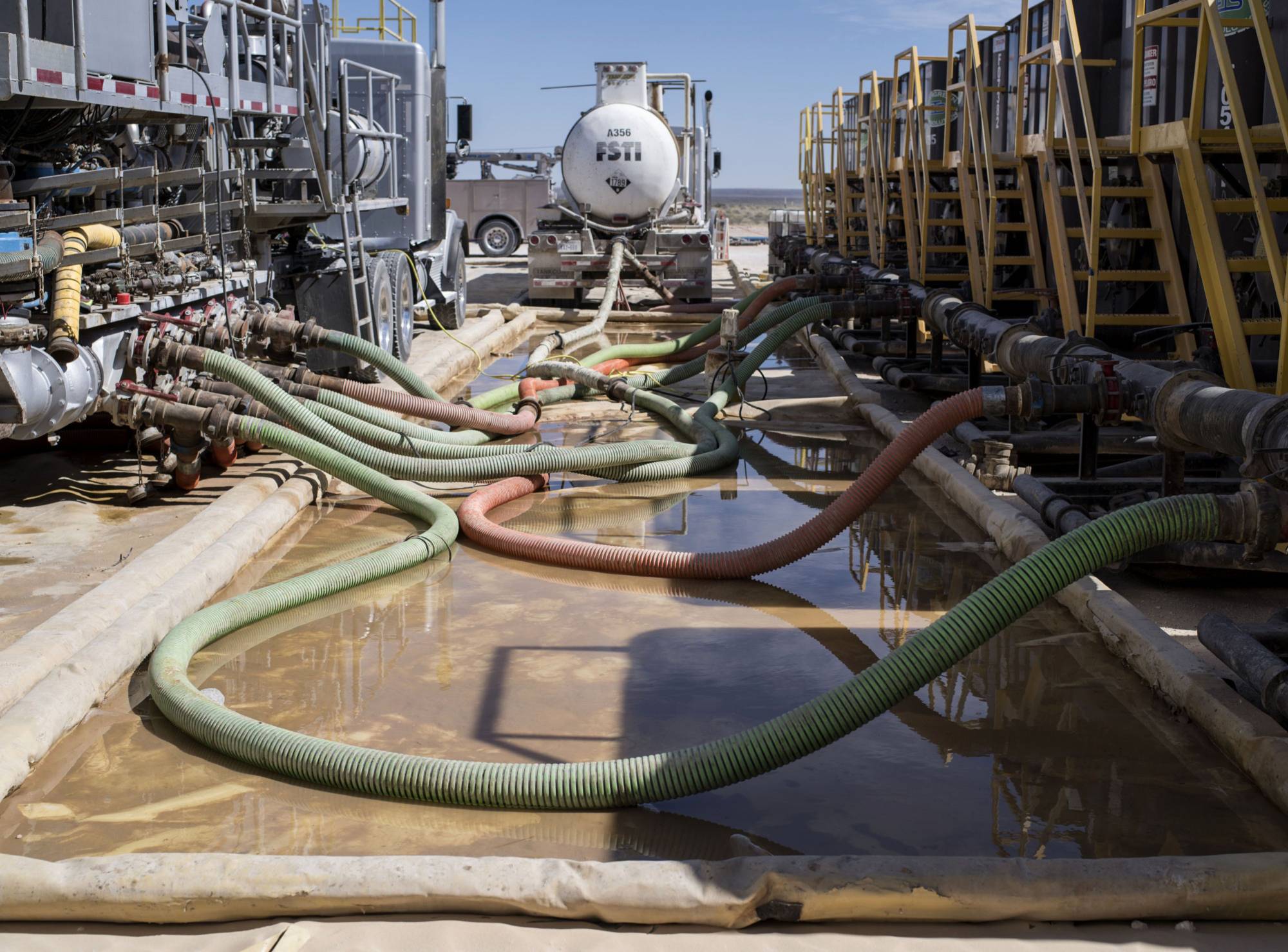A year in which energy markets were torn apart by our species’ long-standing habit of murdering one another ended with a hopeful scientific breakthrough.
In the early hours of Dec. 5, researchers at Lawrence Livermore National Laboratory’s National Ignition Facility produced a nuclear fusion reaction that generated more energy than it took in from the lasers driving it. Announcing this, Energy Secretary Jennifer Granholm hailed the NIF’s work as offering the potential to solve complex problems "like providing clean power to combat climate change.”
After a year like this one, she might have added "and stop us relying on the likes of Russia for energy once and for all.” Instead, she added: "and maintaining a nuclear deterrent without nuclear testing.” Because, apart from the unfortunately revived relevance of those words in 2022, that is what the NIF was set up to do after the end of underground testing of nuclear weapons. The achievement of "ignition” will doubtless inform continuing research into fusion energy, too, but the NIF’s technology wasn’t designed to that end. So-called tokamaks, like the (delayed) Iter project being built in France, operate differently and are viewed as a more likely path to commercial fusion energy becoming a reality.


















With your current subscription plan you can comment on stories. However, before writing your first comment, please create a display name in the Profile section of your subscriber account page.